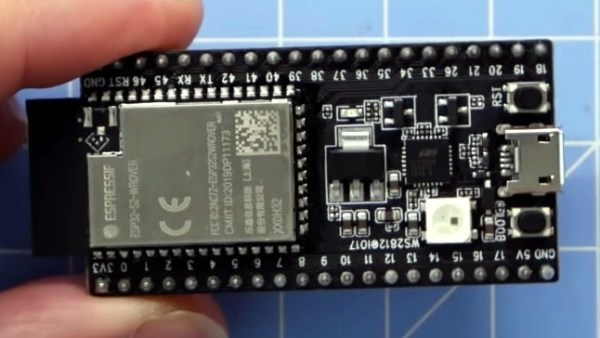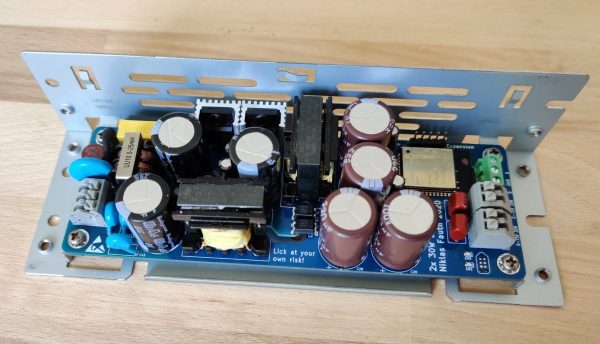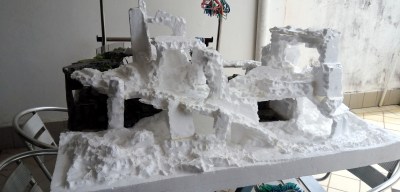As the world pulls back from the acute phase of the COVID-19 pandemic, it enters what will be perhaps a more challenging time: managing the long-term presence of the SARS-CoV-2 virus that causes the disease. In the roughly two-century history of modern vaccination practices, we’ve gotten pretty good at finding ways to protect ourselves from infectious diseases, and there’s little doubt that we’ll do the same for SARS-CoV-2. But developing a vaccine against any virus or bacterium takes time, and in a pandemic situation, time is exactly what’s at a premium.
In an effort to create an effective vaccine against this latest viral threat, scientists and physicians around the world have been taking a different approach to inoculation. Rather than stimulating the immune system in the usual way with a weakened sample of the virus, they’re trying to use the genetic material of the virus to stimulate an immune response. These RNA vaccines are a novel approach to a novel infection, and understanding how they work will be key to deciding whether they’ll be the right way to attack this pandemic.
Continue reading “The Vaccine Factory Inside You: RNA Vaccine Basics”



















